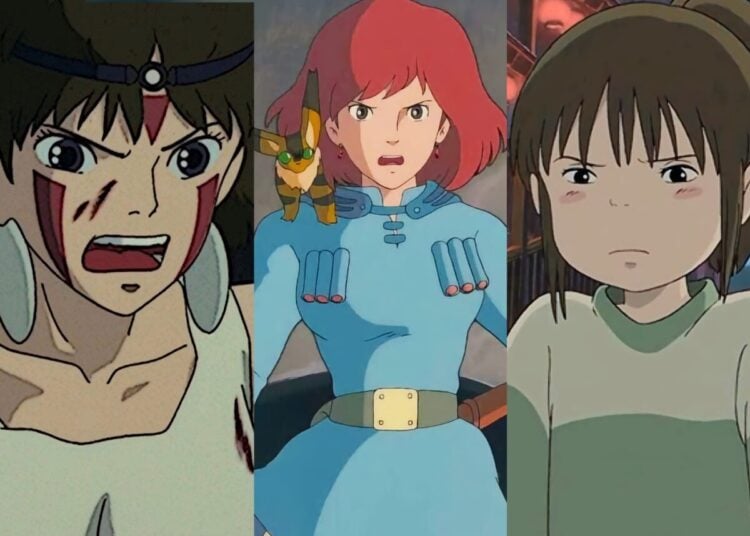Japan is very technically advanced, and no where is this more evident than in the market for portable phones, called “keitai” in Japanese. Japan’s keitai market has really matured, with the various companies that compete for market share each claiming different niches for themselves as they try to survive and flourish. The Microsoft of Japan is NTT, and their Docomo line is the top-selling cell phone, although they’re expensive and don’t really work any better or worse than their competitors. Next is “au by KDDI,” the phone service run by NTT’s main competitor. They’ve chosen phones with GPS, cameras that take beautiful pictures, and Bluetooth as their primary areas to compete in. J-Phone, which was renamed Vodafone after the European company bought them, has staked out cheap per-packet charges as its main battleground, for users who surf the web and send and receive lots of email on their keitai phones. And Tu-ka has built a name for themselves around the concept of “simple,” making phones that have only bare-bones features, including a phone for elderly people that’s as easy to use as a household cordless phone.
Yes, there seems to be no end to the features they won’t think of to put into these things. Yesterday we went shopping for new phones for our entire family, including our nine year old son, who will be commuting to his new school next year. I was bowled over by the number of handsets I was presented with — at least 200 different models and colors. Would I like 2G or 3G? How about the karaoke option for the phone? A phone with an extra-wide screen and Opera web browser built into it? A 3.2 megapixel camera with mini-SD slot? Of course they play MP3s. One phone had an interesting feature: a reflective mirror body, so ladies could check their makeup while they read their email. We finally went with the au phones, since we like the GPS feature that allows us to see where our son is via the web in case we can’t find him for some reason. My phone came with songs and pictures of lovely South Korean pop star Boa, who is very much in demand in Japan these days. See a TV commercial for the phone I bought, here: http://www.jlist.com/phones
Japan is a great place, with friendly people, beautiful sights and a strength of culture that is really amazing. And while it’s true that the Japanese revere the beauty to be found in the passing of the seasons or in the sight of Mt. Fuji in the morning, it can’t really be said that Japan is at harmony with its environment. When I first came to Japan, I was surprised at the stagging amount of concrete and asphalt there was, even in the small rural city I live in (pop. 140,000). Signs of Japan’s mastery over nature can be seen everywhere. In most every river, there are concrete breakwaters and graded slopes to guard against flooding, and when you take a drive in the mountains, be prepared to see heavily landscaped roads, often with chain link fences embedded in the sides of mountains to protect against falling rocks. Parks often feature concrete walkways, with concrete going right up against the trees. I have a theory on why this is: because Japan didn’t have a cold war to fight, they invested massive sums in WPA-style public works rather than a huge base of military technology like the U.S. did. A silly law that requires that 100% of gasoline taxes be spent on roads whether they’re needed or not is another part of the problem, and the reason drivers know they’re going to be stuck in traffic from January to March, as municipal governments try to use up their budgets as quickly as they can. Some differences in how Japan manages its natural resources are to be expected, considering that Japan has to fit half the population of the U.S. into an area just 1/25 as large, but it’s still surprising to the uninitiated.
Remember that almost all of the DVDs that J-List carries are zoned for “all” regions, meaning that you can view them on any DVD player in North America, or on any computer with a DVD drive in it. The exceptions to these are anime DVDs issued in Japan (such as the Studio Ghibli DVDs like Totoro), Japanese films released in Japan, and most “indies” DVD titles by companies like Moodyz and Wanz Factory. If you wish to view Japanese region 2 DVDs in the U.S., including European region 2 PAL titles, we humbly suggest the feature-packed region free DVD players we carry in San Diego. Our most reliable ever model is in stock and costs just $78!















